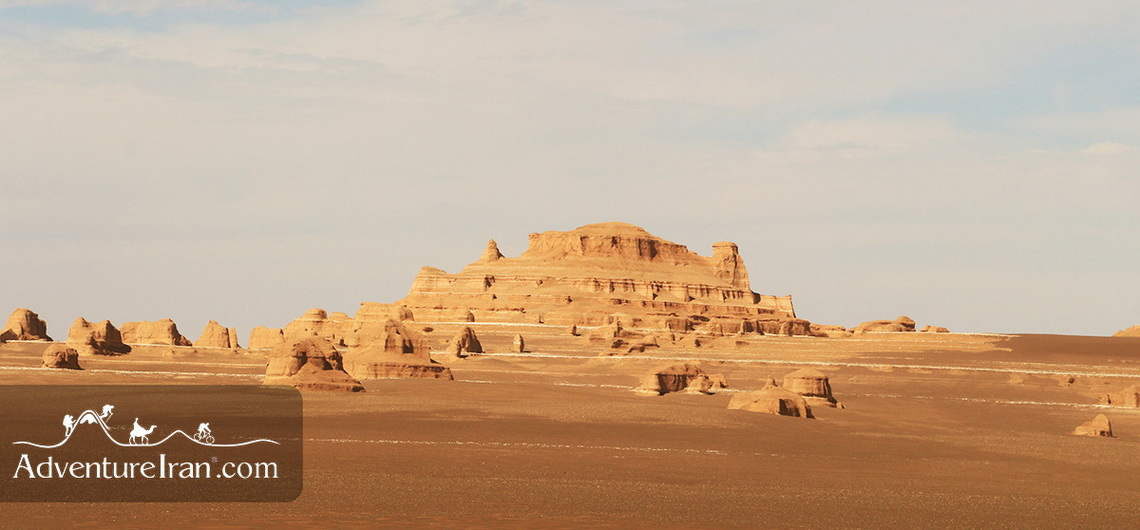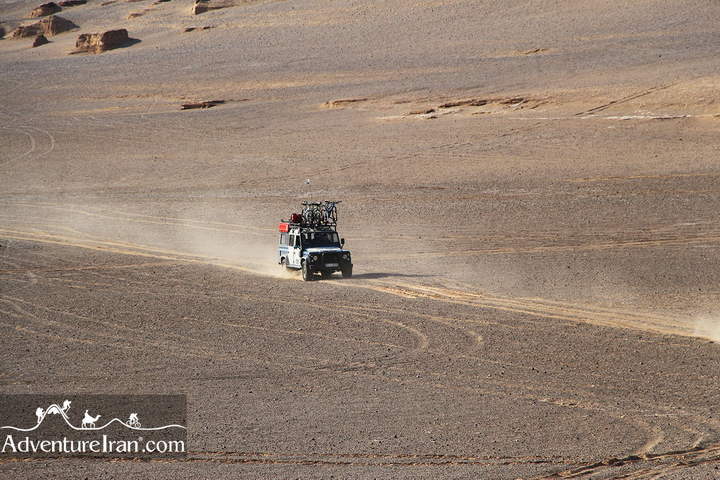Dasht-e Lut Desert
Introduction of Lut Desert
The Lut Desert also called Kavir-e Lut, or Dasht-e-Lut Desert is the second desert of Iran in terms of vastness, and is located in the southeast of the country. It is the world’s 27th largest desert, and was inscribed on UNESCO‘s World Heritage List on July 17, 2016. It stretches about 480 kilometers (300 mi) long and 320 kilometers (200 mi) wide. A huge mass of dunes and sand rises in the east, while in the west an extensive area of high ridges is separated by wind-swept corridors.



At its lowest salt-filled depression, less than 1,000 feet (300 meters) above sea level, the summer heat and low humidity are believed to be unsurpassed on the planet. Between June and October, this arid subtropical area is swept by strong winds, which transport sediment and cause aeolian erosion on a colossal scale. Consequently, the site presents some of the most spectacular examples of aeolian yardang landforms (massive corrugated ridges).

Gandom Beryan in Lut Desert
It also contains extensive stony deserts and dune fields. The property represents an exceptional example of ongoing geological processes. NASA research results suggest that Gandom Beryan in the Lut Desert is one of the hottest places on Earth. According to satellite data from NASA in 2005, a surface temperature of 70.7 degrees Celsius was recorded here. This temperature is the highest temperature ever recorded by satellite from the surface of planet Earth. That’s why it’s called the ‘2005 point’.


Altitude in Lut Desert
The lowest point of the property in Lut is found at 117 metres above sea level, in the northeast of the Yardangs region, while the highest point, in the sand dunes of Rig-e Yallan, reaches 475 metres.

Mountains in Lut Desert
There are so many high mountains around the Lut desert and some of them are very famous and are above 4000m. Chains of mountains stretch northwest–southeast across much of the desert area; Laleh Zar (4,374) and Hazararan (4,419 meters) are extinct volcanoes in the region. Mount Joopar at 4,150 m, is the most famous mountain in Kerman for hiking.

Climate and Weather in Dasht-e Lut
High temperatures, a precipitation rate below 50 mm, and a high potential evaporation rate of 5000 mm per year, are the main climatic characteristics of the Lut Desert. The Lut Desert is the only area in Iran with a Tropical Hyperdesertic climate, the driest possible bioclimate in the Global Bioclimatic Classification System.

Kaluts of Lut Desert
Kaluts, also known as Dasht-e Lut Kaluts, are unique geological formations found in the Lut Desert. These extraordinary formations are a result of wind and water erosion over thousands of years, shaping the soft rocks into stunning, surreal landscapes.

Best time to Travel to Lut
From the end of spring till the beginning of autumn, the desert is extremely hot, and you can use the desert for traveling. The season starts in November and ends in March. The best traveling time would be December and January as you will have very pleasant days during the day and the night will not be too cold. If you are traveling to Iran for the first time and would like to combine your desert tour in Dasht-e Lut with Iranian tourist cities, we advise you to travel in the 2nd half of November to have ideal weather for both regions.
How to travel to Lut Desert
Dasht-e Lut is located in the three provinces of Iran. There are South Khorasan, Sistan and Baluchestan and Kerman. The two cities of Birjand, in “capital of South Khorasan” and Kerman, “capital of Kerman” would be the proper entry/finishing points of your journey. Depending on your trip type, duration and the type of activity you would like to do in Lut desert, you can choose your entrance. For those who would like to only have a short trip in Lut, we advise them to start and finish from Kerman. You could reach both cities of Kerman and Birjand by flight as well. There are a few regular flights traveling to both cities.
Tours and Activities
We have a few different short and long Lut desert tours in Adventure Iran. One of our famous desert adventure tours is Iran Lut Desert 4X4 Expedition. For those of you who don’t have enough time available to experience this long trip, there is a shorter adventure tour we can recommend; Desert safari in Dasht-e Lut Desert & Discover Hidden Spots, which would be just perfect.












Comments